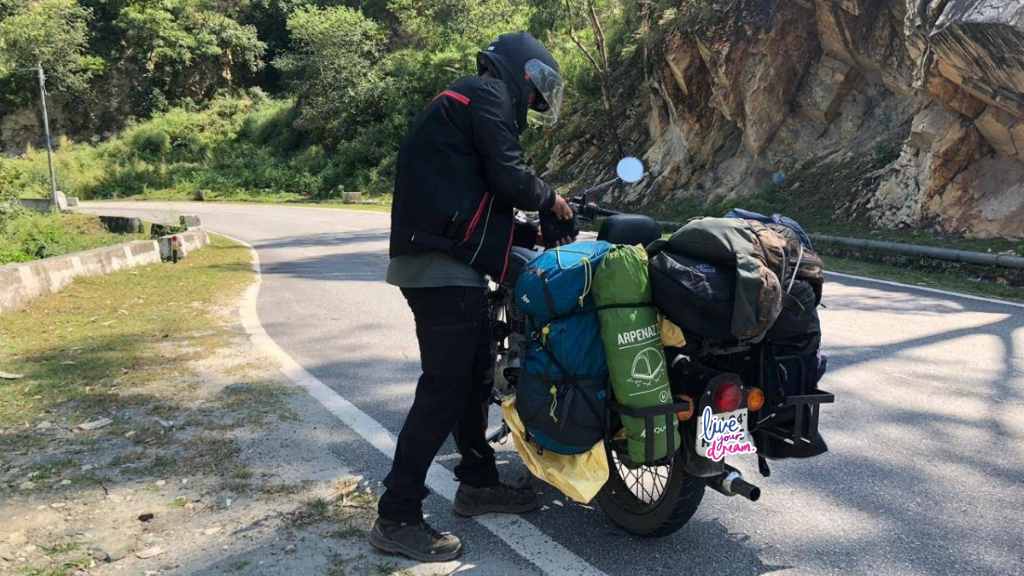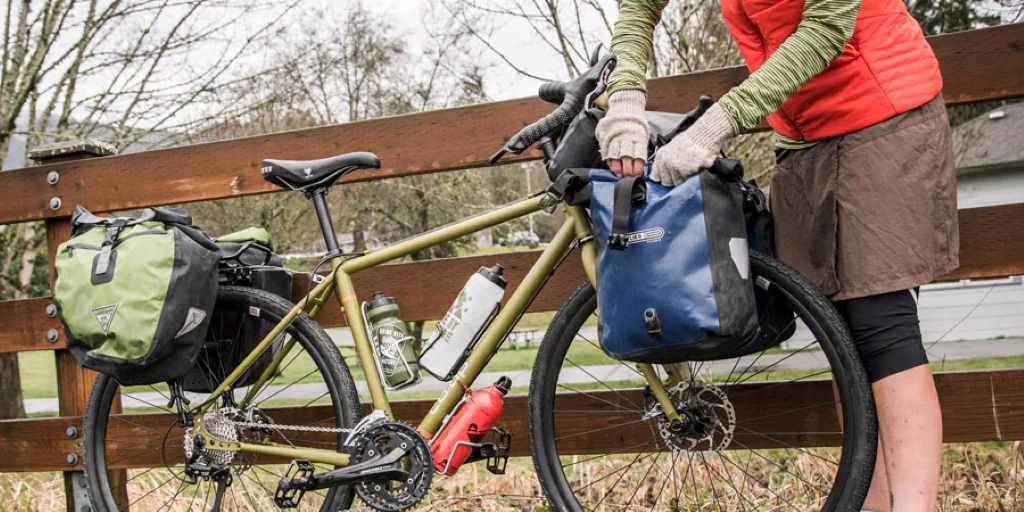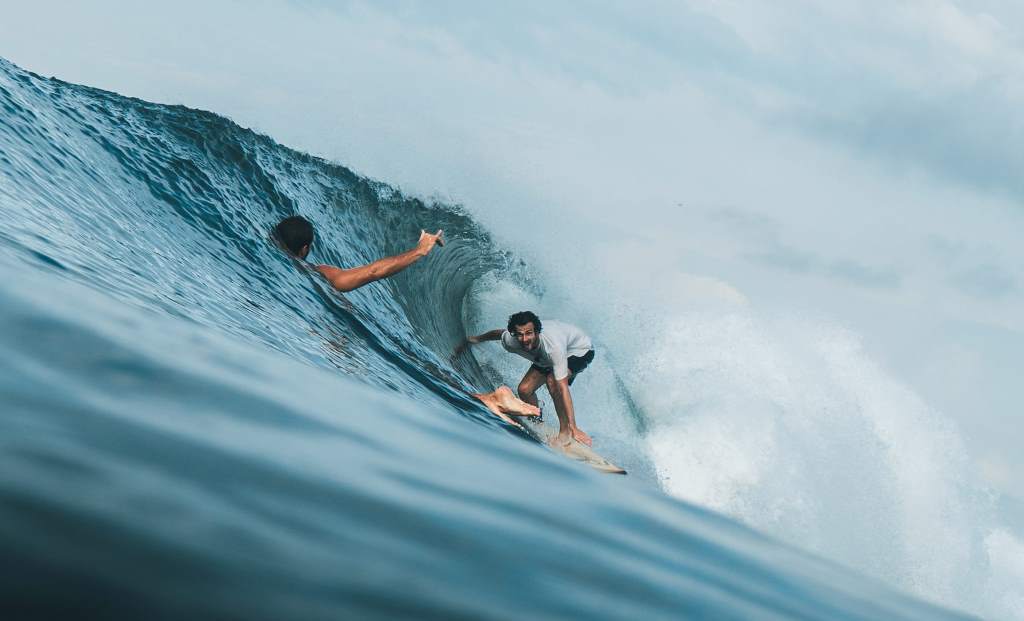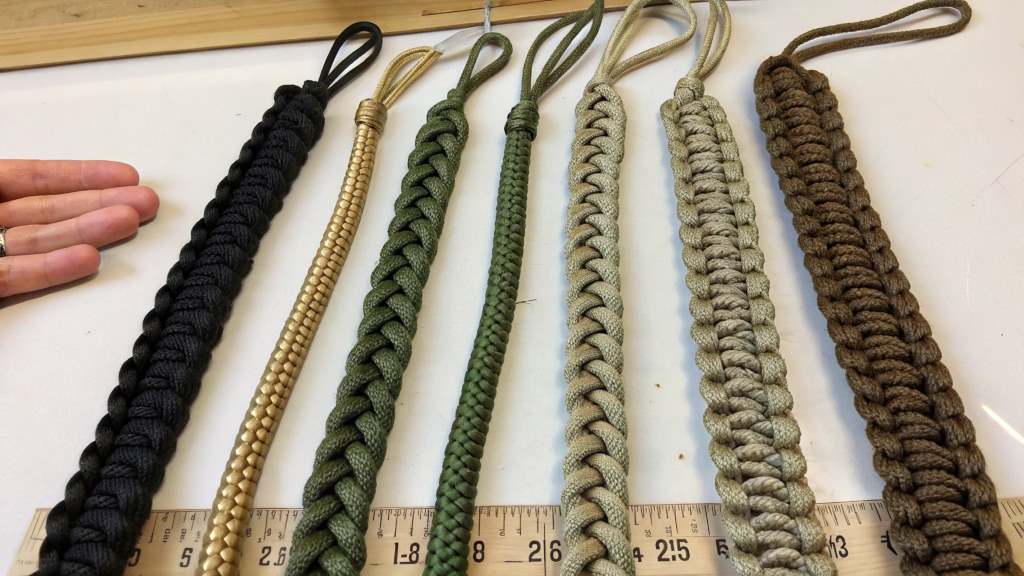Embarking on a long-distance bicycle ride is an exhilarating adventure, offering a unique blend of physical challenge, scenic beauty, and personal exploration. However, the success of such an endeavor hinges significantly on the efficiency and effectiveness of your packing strategy. A good bicycle packing, including thoughtful additions like speakers for bicycles, ensures comfort, convenience, and safety throughout your journey, allowing you to focus on the ride itself.
This comprehensive guide delves into the intricacies of bicycle packing for long rides, offering a wealth of practical tips and insights to help you prepare for a seamless and enjoyable experience. Whether you’re a seasoned cyclist or a novice adventurer, these tips will equip you with the knowledge and skills necessary to pack your bicycle like a pro.
Understanding the Essentials
The first step in packing your bicycle is to identify the essential gear you’ll need for your journey. This includes items that are critical for your safety, comfort, and the maintenance of your bicycle. Here’s a breakdown of the essential categories:
- Repair Kit: This should include a multi-tool, spare tubes, tire levers, a patch kit, a chain tool, and a pump.
- First Aid Kit: Pack essential medical supplies like bandages, antiseptic wipes, pain relievers, and any personal medications.
- Navigation Tools: A map, compass, or GPS device is crucial for staying on course, especially in remote areas.
- Clothing: Pack for a variety of weather conditions, including rain gear, warm layers, and moisture-wicking fabrics.
- Food and Water: Carry enough food and water to sustain you between resupply points.
- Shelter: If you’re planning on camping, you’ll need a tent, sleeping bag, and sleeping pad.
Choosing the Right Bags
Selecting the appropriate bags is crucial for organizing and securing your gear. Here’s a look at the most common types of bicycle bags:
- Handlebar Bag: Ideal for storing frequently used items like snacks, maps, and a camera.
- Frame Bag: Maximizes space within the bicycle frame for carrying heavier items like tools and food.
- Saddle Bag: Attaches to the seat post and is perfect for storing repair kits and extra clothing.
- Pannier Bags: Offer ample storage capacity and are typically used for carrying bulkier items like camping gear and clothing.
Packing Strategically
Efficient packing involves distributing weight evenly and ensuring easy access to essential items. Here are some key strategies:
- Balance the Load: Distribute weight evenly between the front and rear of the bicycle to maintain stability and control.
- Prioritize Accessibility: Place frequently used items in easily accessible bags like the handlebar bag or frame bag.
- Use Compression Sacks: Compress bulky items like clothing and sleeping bags to save space.
- Protect Fragile Items: Wrap delicate items in padding or clothing to prevent damage.
- Waterproof Your Gear: Use waterproof bags or covers to protect your belongings from rain and moisture.
Additional Tips for a Smooth Ride
In addition to the essential packing tips, here are some additional suggestions to enhance your cycling experience:
- Practice Packing: Before your trip, practice packing and unpacking your bicycle to familiarize yourself with the process and ensure everything fits properly.
- Test Ride: Take a short test ride with your fully packed bicycle to assess its handling and make any necessary adjustments.
- Pack Light: Carry only what you need to minimize weight and maximize efficiency.
- Stay Organized: Use packing cubes or pouches to keep your gear organized within your bags.
- Secure Your Bags: Double-check that all bags are securely attached to your bicycle to prevent them from shifting or falling off during the ride.
- Be Prepared for the Unexpected: Carry extra supplies and tools in case of unforeseen circumstances.
- Enjoy the Journey: Remember to take breaks, appreciate the scenery, and embrace the adventure.
Conclusion
Packing your bicycle for a long ride requires careful planning and consideration. By following these bicycle packing tips and strategies, you can ensure a comfortable, convenient, and safe journey. Remember, a well-packed bicycle is the foundation for a successful and enjoyable cycling adventure. So, take the time to pack strategically, prioritize accessibility, and balance the load. With a little preparation and attention to detail, you’ll be ready to hit the road and embark on an unforgettable journey. Happy cycling!





